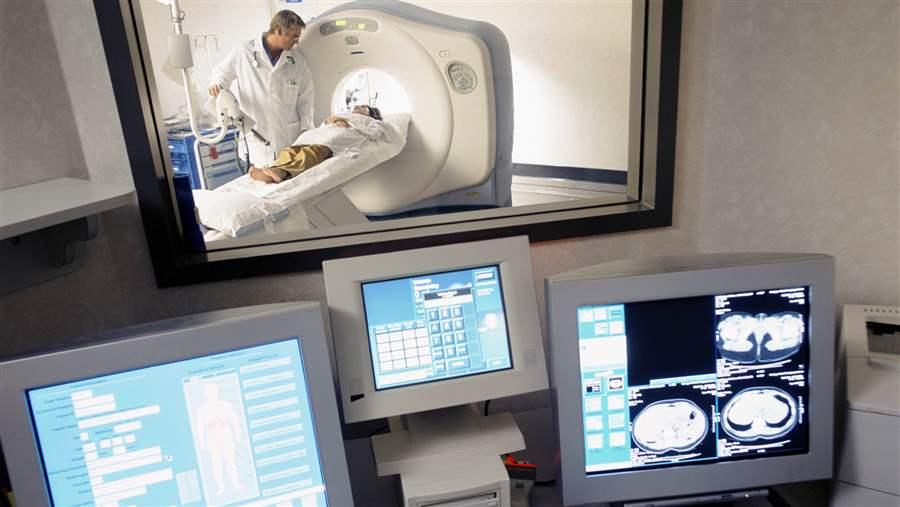More Safeguards Needed to Build on Health Record Provisions in 21st Century Cures Act

The 21st Century Cures Act, passed by Congress in 2016, includes some steps to improve health IT usability, but more work is needed to prevent patient harm.
© 2009 National Geographic
Electronic health records (EHRs) are intended to improve patient care, but usability issues—including both product design and how the technology fits into a clinician’s workflow—can place patients at risk. Some EHR systems, for example, have default dosage settings that have led to accidental overdoses. Others display only test results that have returned from the lab, not those that are pending, leading doctors to potentially miss information that may be critical to a patient’s treatment.
To address this problem, Pew supports the creation of a national health IT safety collaborative, a concept initially proposed by experts from the Institute of Medicine (now the National Academy of Medicine). The collaborative would work with patient safety organizations, software vendors, the Office of the National Coordinator for Health Information Technology (ONC), and health care providers to identify the most common and significant safety issues associated with EHR systems across the health care industry and develop solutions to address them.
The 21st Century Cures Act (Cures), passed by Congress in December of 2016, contained a provision that gives EHR vendors the same legal protections available for health care providers if they report a problem to a patient safety organization. These safeguards can help encourage EHR vendors to share concerns to improve safety and can serve as a building block for establishing a health IT safety collaborative. This collaborative would benefit from congressional legislation to authorize and provide initial seed funding. Ultimately, it would become a self-sustaining entity.
More rigorous testing of electronic health record systems could also improve how they are used and help protect patient safety. Another provision of Cures requires the federal government to create criteria for EHR developers to use in evaluating a system’s performance, including its usability. These criteria should incorporate product safety considerations. Many EHR vendors test their products’ ability to perform necessary functions, such as prescribing medication or reporting lab test results, but not the safety of those functions—such as ensuring that a patient gets the correct dose of a drug.
The reporting and usability provisions in Cures set the groundwork for additional work by the private sector and government to improve EHR safety. As this legislation is implemented, ONC, vendors, and health care providers should take the next step by incorporating more safeguards into how systems are designed and used and by working together to establish a health IT safety collaborative.
Ben Moscovitch is a manager with The Pew Charitable Trusts’ health information technology program.








